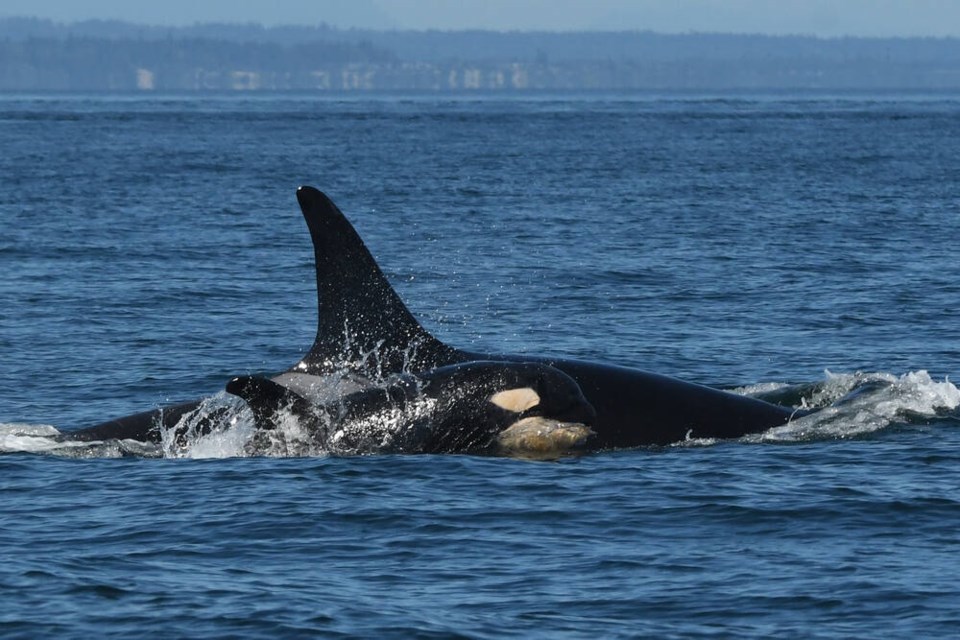It’s official: The endangered southern resident killer whale population has grown by two.
The Center for Whale Research based in Washington state said it has confirmed two new orca calves that were spotted during a survey of a group of whales in the Strait of Georgia on June 30.
The centre said both calves were very active and social while being observed, and neither shows any immediate signs of illness or abnormality.
The sex of the calves is still unknown, and researchers estimate that both are at least two months old.
One of the calves had been photographed when L Pod was off Tofino on June 19, but researchers had not yet confirmed the sighting.
These are the first calves born in L Pod since 2021 and the first calves born in the L12 subgroup since 2018, the centre said. The southern resident population is made up of three groups or pods: J Pod, K Pod and L Pod.
One of the calves is the first for mother L119, while the other is the third for L94.
As of July 2022, the population consisted of 73 individuals, according an annual census by the Center for Whale Research. Researchers found there were three deaths and two births in 2022.
L Pod hit its lowest number last year since the study began in 1976, with just 32 members. With only 16 members, K Pod has its fewest members in the last two decades. J Pod has 25 members.
The combination of a precarious food supply — mainly chinook salmon — and threats from pollution, vessel traffic and noise continues to jeopardize their survival, experts say. The southern residents are listed as endangered in both Canada and the U.S.
— With files from the Times Colonist



